
Ferdinand Elefant heavy tank destroyer World War Photos
Has Own Video WW2 German Tank Destroyers Panzerjäger Tiger (P) 8.8 cm PaK 43/2 L/71 'Ferdinand/Elefant' (Sd.Kfz.184) By MarkoPantelic May 8, 2021 16 Comments Contents: Prof. Dr. Ferdinand Porsche's heavy tanks projects Porsche gets rejected Name Production Initial testing Specifications Lower Hull Superstructure Casemate Suspension and Running Gear

Ferdinand tank destroyer
Land Systems / Battlefield SdKfz 184 Panzerjager Tiger (P) (Ferdinand / Elephant) Heavy Tank Destroyer (HTD) Tracked Support Vehicle [ 1943 ] The limited production SdKfz 184 appeared under the name of Ferdinand in 1943 before Hitler himself had the name changed to Elephant in 1944.

World War II in Pictures The Ferdinand/Elefant Tank Destroyer
Hull By all standards, the Ferdinand was a beast, even heavier and longer than the Tiger, coming in at 65 tons after receiving additional armor, six more metric tons than the original Tiger (P). At first, it was propelled by a pair of engines placed in the middle of the hull.

Ferdinand Tank destroyer Tiger P 114 3D model Tank destroyer, Ferdinand, German tanks
The World War II German "Ferdinand" (seen here) proved to be an extremely effective tank destroyer, it was improved to become the "Elefant". July 12, 2019 By Neal S Shera. After the successful conquest of France in 1940, Hitler and the German Army realized there would be an armored warfare development race.
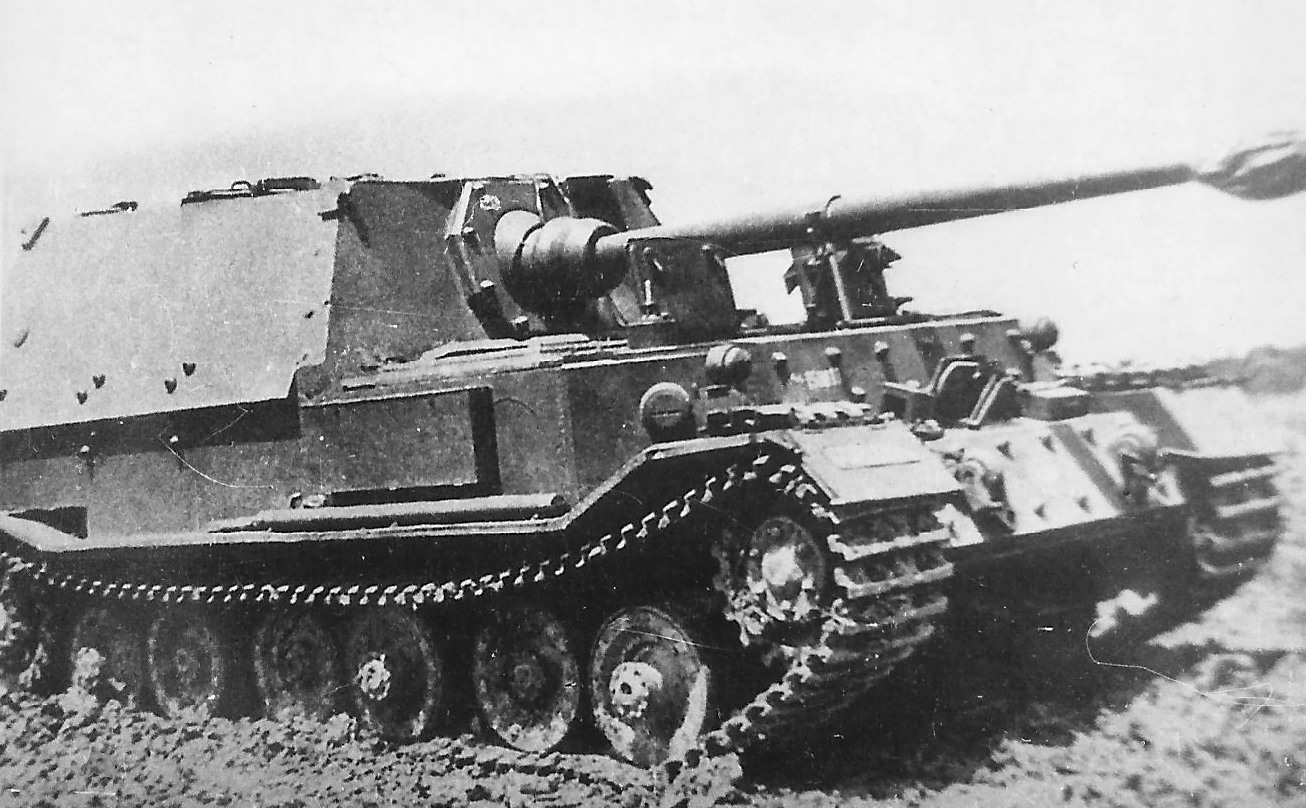
Ferdinand 150011 during trials in 1943 World War Photos
Ferdinand tank destroyer Axis tanks, German tanks, Tanks, Weapons, WW2 / July 25, 2023 / Leave a Comment / By Kretaner / 1943, germany, tank destroyer / 6 minutes of reading German heavy assault gun and tank destroyer Ferdinand (Elefant) with 8.8cm PaK43 /2 (SdKfz 184).
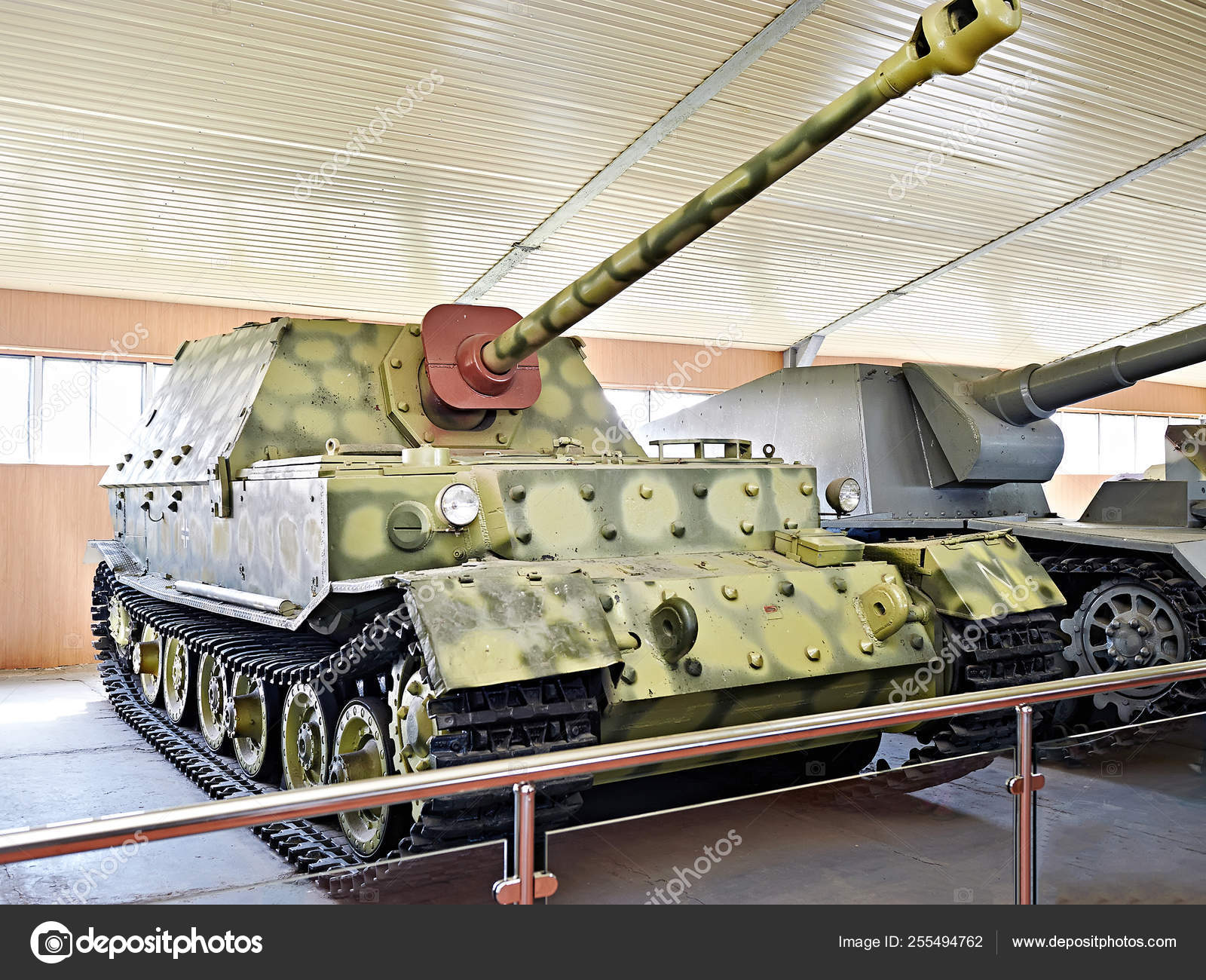
German heavy tank destroyer Sd Kfz184 Ferdinand Stock Editorial Photo © ryzhov 255494762
The Ferdinand, or Elefant tank destroyer stands out as one of the most unique designs emerging from the Second World War though its legacy is often marred by.

Ferdinand number 323 of the schwere PanzerjägerAbteilung 653 Eastern Front 1943 World War
The Ferdinand was intended to supplant previous light panzerjägers, such as the Marder II and Marder III, in the offensive role. A similar gun was used in the lightly armored Hornisse (later known as Nashorn) tank destroyer, built at the same time. Design Chassis
A Ferdinand Tank Destroyer at Kursk 1943. Interesting to see how the camo is visible in some
The Ferdinand tank destroyer stands as a testament to the ingenuity and adaptability of German engineering during World War II. Its imposing presence on the battlefield and formidable firepower made it a formidable adversary. While it had its share of flaws and challenges, its legacy endures in the realm of armored warfare, serving as a.

Heavy tank destroyer Ferdinand 624 of the schweres PanzerjägerRegiment 656 World War Photos
During the famous tank battle, Ferdinand achieved incredible kills per loss result ― an average ratio of approximately 10:1. Even though the tank destroyer did well against Soviet tanks, it was practically unprotected against infantry, who would ambush the Jagdpanzer and disable it with clever use of grenades and Molotovs.

History of Tanks Ferdinand AllGamers
During the course of this series, we've haven't talked about many tanks or vehicle that are well and truly bad. The German Ferdinand / Elefant tank destroyer.
German Ferdinand heavy tank destroyer from the 653rd battalion, destroyed by a Pe2 bomber in
German "Elefant" tank destroyers on the assembly line. The Ferdinand has become one of the more controversial weapons of the war because there are many misunderstandings about it. Many people know the name, and that it was a failure. That isn't quite accurate. In brief, these were a Schwerer Panzerjäger ("heavy tank-hunter") of the Wehrmacht.

Pin en Tanks
The Elefant (German for "elephant") is a Schwerer Panzerjäger (German: "heavy tank-hunter")—a tank destroyer. It was built in small numbers in 1943 under the name Ferdinand after its designer Ferdinand Porsche, using tank corps that had been produced for the Tiger I tank requirement but was rejected in favour of a Henschel design.
Ferdinand Tank Destroyer with multiple impacts after combat. Kursk Salient Eastern Front, 1943
The 653rd Heavy Tank Destroyer Battalion claimed 13 Ferdinand losses against the knocking out of 320 Russian tanks. It was reported that the Ferdinand could destroy or immobilise a T-34 tank from over three miles away. But the vulnerabilities of the design were soon apparent: The Ferdinand had no machinegun to deter infantry attacks, and its.
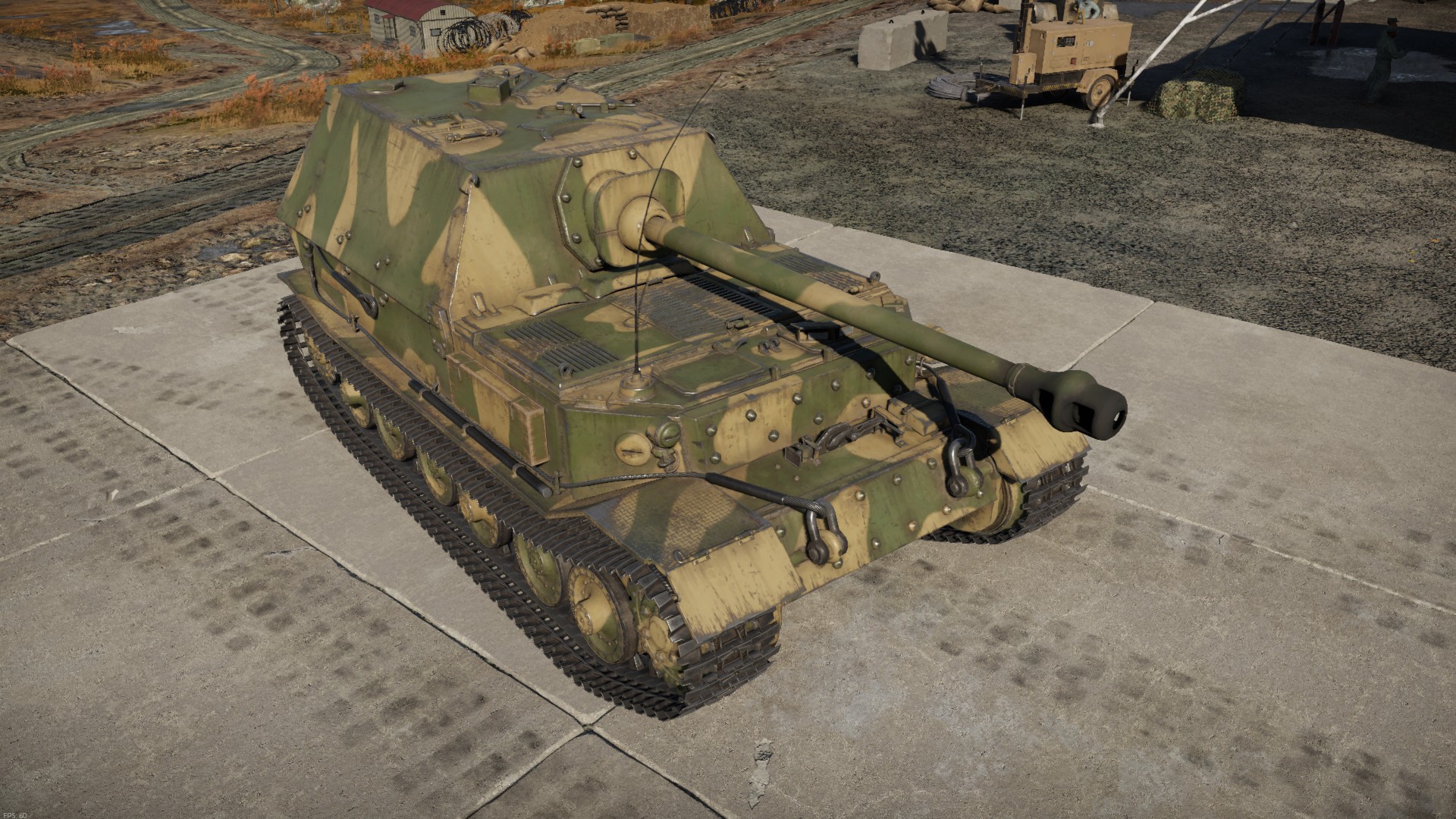
Ferdinand War Thunder Wiki
Heavy tank destroyer Ferdinand (named after Ferdinand Porsche, after renamed into Elefant) 624 of the "schweres Panzerjäger-Regiment 656" Porsche's design was bold, to say the least. Weighing in at a remarkable 60 tons, it was powered by two Porsche Type 101 engines. These V-10 air-cooled engines were gasoline-powered, like many other German tanks.
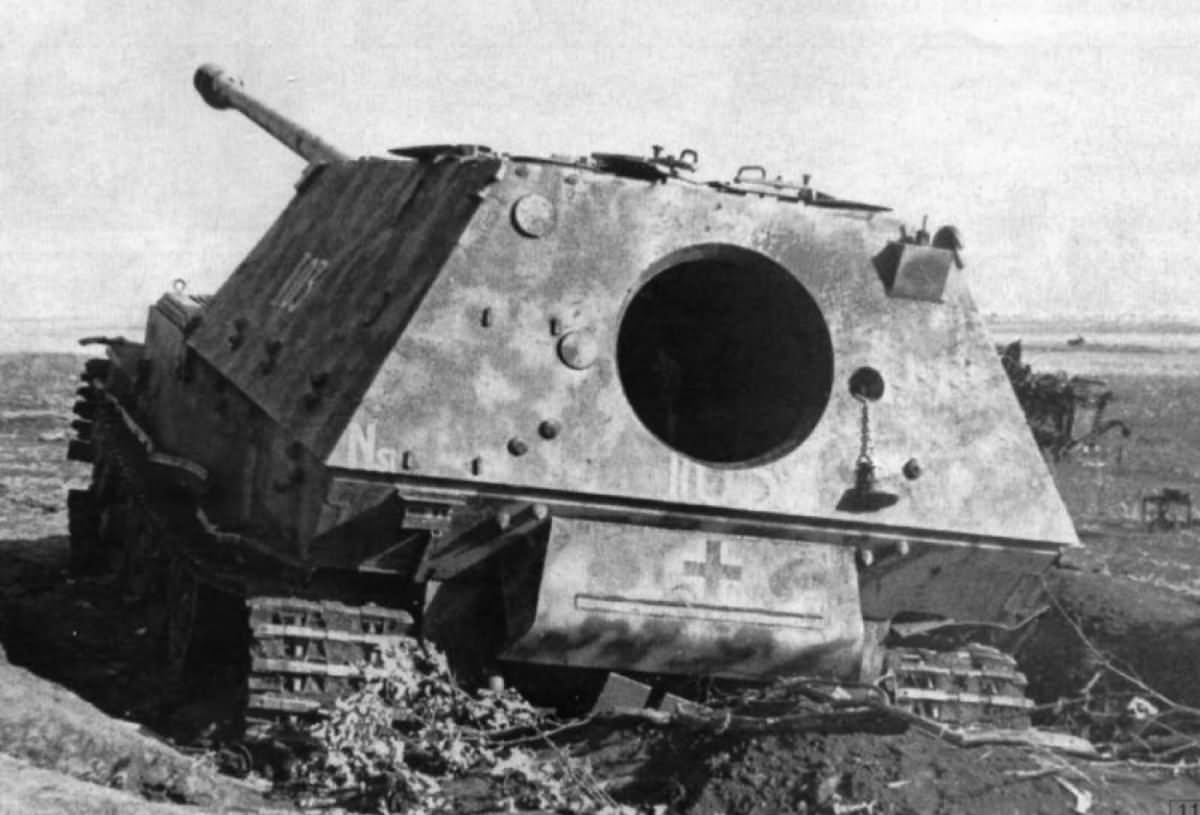
Ferdinand Tank Destroyer II03 rear view World War Photos
This vehicle was captured by American troops during the Battle of Anzio in Italy. The Ferdinand/Elefant had an impressive combat record (despite the mechanical and defensive issues). Historians estimate the vehicle had a 10-to-1 kill ratio and was one of World War II's most successful tank destroyers. Look for more information regarding the.

Heavy tank destroyer Panzerjäger Ferdinand Ostfront World War Photos
Officially named the Ferdinand on February 6, 1943, the vehicle required a crew of six. The driver and radio operator were situated at the front of the vehicle. The vehicle's commander, gunner, and two loaders were situated in the fighting compartment. As the main purpose of the vehicle was to destroy tanks, it boasted an 88mm Pak 43/2 L71 gun.